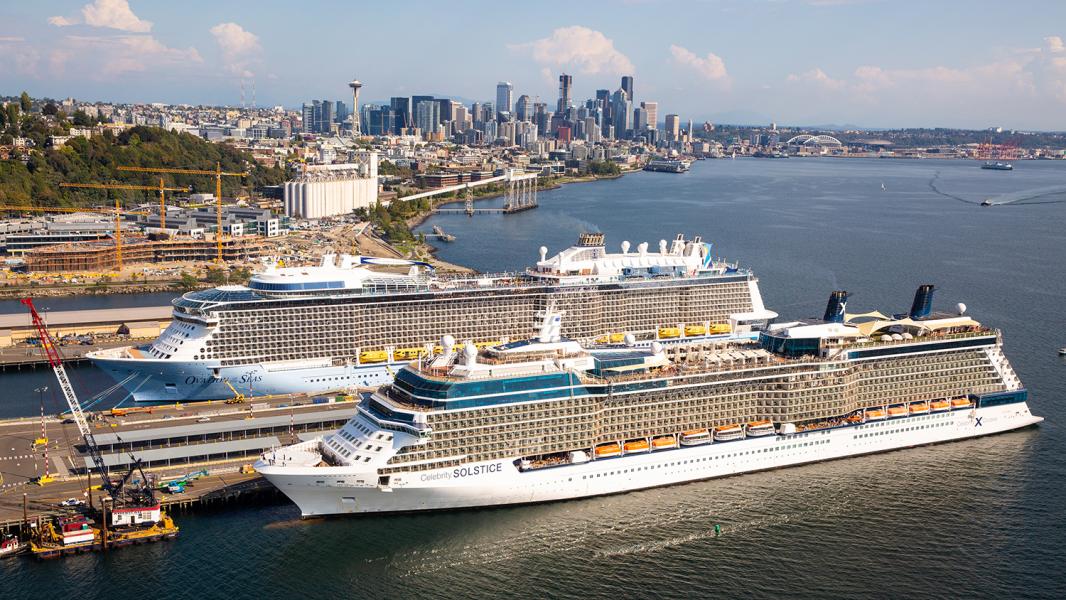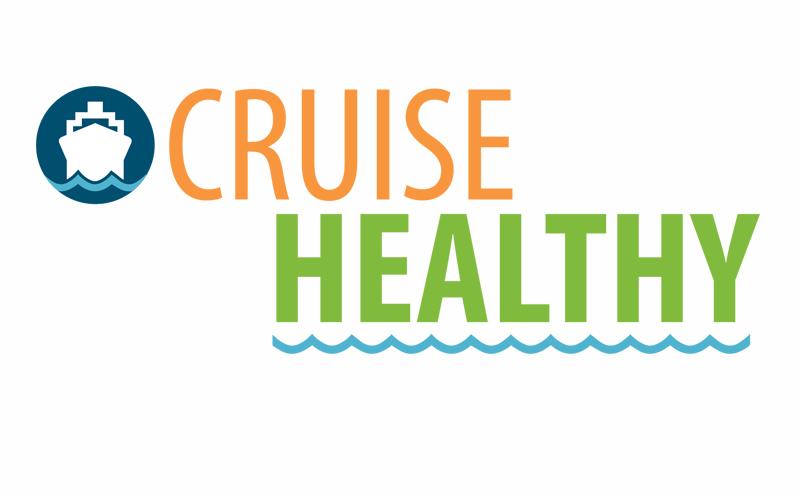
We are reaching the final stages of preparing for a safe cruise season here in Seattle. Previously, we noted that the Port’s work focused on four areas: vaccines, port agreements, the international stop, and enhanced safety measures in our own terminals.
Since then, public health officials, cruise lines, and federal leaders addressed or reached major milestones on these topics, including new temporary, federal authority to sail directly from Seattle to Alaska without a stop in Canada, beginning CDC approval of port agreements for ships beginning to sail in other states, and the start of crew vaccinations by cruise lines. Locally we reached a major milestone with our Washington Governor announcing a full re-opening of our state on June 30.
As a result of this work, cruise lines could begin serving passengers in Seattle as soon as late July. To complete our preparations, the Port will finalize its health and safety protocols and launch a communications and engagement program.
The Maritime Division will brief Commissioners in public session on June 8 and June 22 on the status of port agreements and other health and safety protocols. The Port also plans to present information tailored to the tourism, hospitality, and maritime business partner audiences at webinars throughout the month of June.
While the full schedule of ship arrival and departure dates is still being developed, the Port anticipates that approximately eight vessels will sail 10 roundtrip cruises from Seattle this year. In a normal year, we would see just over 220 sailings.
Finalizing health and safety plans
Cruise lines must submit agreements with Port and Local Health Authorities in order to obtain CDC approval to sail in the United States. Local Public Health support and approval has been important to the Port and we have engaged them throughout.
Agreements include:
- Embarkation and disembarkation procedures including screening and testing and social distancing
- Emergency response plans for various scenarios
- Procedures and training of land-based staff who are expected to interact with travelers
- Cleaning and operating procedures for land-based activities where travelers are expected to gather
- Components covering vaccinations component, a medical care component, and housing.
Throughout our cruise terminals, we installed touchless fixtures in the restrooms, water bottle-filling stations, barriers to limit face-to-face contact, and physical distancing signage to limit crowding and contact. We also reviewed and, where needed, updated our ventilation systems to MERV 13 or better filtration.
The Port welcomes external review of local plans

The Washington State Department of Health and Public Health Seattle King County are reviewing the safety measures being implemented at the cruise terminals.
In addition, the Port has contracted with a University of Washington epidemiology expert to review our in-terminal safety measures. We also drew upon our experience operating Seattle-Tacoma International Airport (SEA) to develop cruise terminal best practices.
Over 85 percent of our cruise passengers arrive in the region through SEA Airport. Operated by the Port of Seattle, SEA Airport is nationally recognized and internationally accredited for its FlyHealthy@SEA travel safety operation.
Communications and engagement
Engagement with community, attractions, retailers, and the many maritime businesses that serve the cruise sector is particularly essential this season.
We developed a robust public communications plan, which includes multiple new public briefings, webinars, and online resources to ensure that community, passengers, and crew know what to expect during the 2021 cruise season. Highlights of that work include:
- Created a new webpage for business, tourism, and community partners; ship schedules will be posted here when confirmed.
- Providing a cruise update at two Visit Seattle webinars for hotels and the broader leisure travel industry.
- Hosting a webinar with speakers from NCL, HAL and RCCL and moderated by Tom Norwalk, Visit Seattle; co-sponsored with DSA, Visit Seattle, Visit Bellevue, and Seattle Southside Regional Tourism Authority.
- Launching a new waterfront-focused email newsletter
Getting people back to work
Safely resuming cruise is a key part of the Port’s equitable economic recovery strategy, particularly for the tourism, retail, and maritime sectors. Seattle cruises to Alaska typically generate nearly $900 million in local business activity per season and support approximately 5,500 jobs.
Communities in Alaska also face severe economic hardship without a typical cruise season. For example, several vessels that depart from the Port of Seattle stop in Alaska at Icy Strait Point, a privately owned historical town and cruise ship destination owned by the Huna Tlingit. All profits derived from Icy Strait Point benefit the Huna Tlingit people as well as the community of Hoonah. The local community benefits directly from the dollars spent, through employment opportunities with preference for local hire, and entrepreneurship opportunities from the establishment of tourism in Hoonah, sales tax, and head tax.
Cruising has already restarted in other parts of the world, including Europe and Asia. Many of the cruise lines operating globally are gaining experience that will apply to the safe return of cruise in Seattle.
Cruise season is a major maritime operation that depends upon the partnership of private businesses, local governments, the federal government, and waterfront neighborhoods. I personally appreciate the close relationships that we have built over the last two decades, how we came together during a crisis, and the opportunity to do more with our partnership in the recovery.









